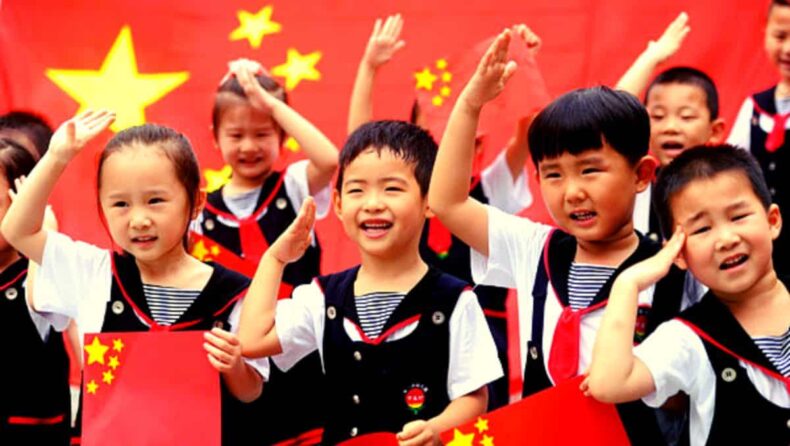Also read:
Cities all over China are announcing new childbirth incentives as the country is set to experience a population decline since the two-year decline in 1960-61 due to the impact of the Great Famine. Based on official statistics, the population dropped by around 10 million in 1960, then 3.4 million in 1961, after which it recoiled by 14.4 million in 1962. The recent official figures are estimated to be announced next week.

Shenzhen city of the Guangdong province announced an incentive of 19,000 yuan (US$2,800; ₹2,29,663.83) for couples having three or more children until the child turns three years old. The city’s health department report also announced a cash incentive of 7500 yuan (US$1,111.09;₹90,582.22) for the first child and 11,000 yuan (US$1629.61;₹11000) for the second child. This document was released on Tuesday and is seeking public opinion.

In a notice released on Tuesday by the local government, the capital of Shandong province, Jinan, also announced that mothers giving birth to their second or third child this year would receive a childcare subsidy of 600 yuan (US$88.89;₹7247.24) each month until the child turns three. Mothers will be allowed to avail of maternity leave of 158 days for each child while fathers will receive at least 15. Couples with children below three will receive annual parental leave for 10 days or more.
Preferential policies on housing, healthcare, and education for families with more than one child were also announced by the Jinan government.
Previously, the city of Yichang also announced childcare subsidies of no less than 500 (US$74.07;₹6039.36) yuan each month per child until the age of three.

These incentives come from the relaxation of the strict one-child policy by the Chinese government in January 2016. The CCP-ruled state also introduced a three-child policy in May 2021 along with various solutions aimed at boosting the birth rate and “reducing the burden” of raising a child. A few of these include the cancellation of the “social maintenance fee”, which couples pay when they have children beyond the limit, encouraging local governments to provide parental leave, increasing women’s employment rights, and improving the facility for childcare.
What was China’s one-child policy?
A strict one-child policy was introduced by Deng Xiaoping in 1980 after China’s population grew to 969 million from 540 million by 1949. In the early days of the country’s economic boom, authorities claimed it was a positive factor in supporting the country’s economic growth.

It was enforced by the National Health and Family Planning Commission, with a system of fines for violators and often forced abortions. More than one child could result in civil servants and employees of government-affiliated organizations losing their jobs.
China’s one child policy punishes families for having ‘out-of-plan’ children, resulting in sex-selective abortions and tens of millions of ‘missing girls’ as well as forced abortion and sterlization campaigns.
-CHRIS SMITH
Only couples from minority ethnicities were allowed more than one child.
These policies come at a time when the danger of a declining population is looming and the ambitions of the dragon state of overtaking the US economy might be hampered. It is also estimated that India will take over China as the most populous country in the world.
According to demographers and experts, the Chinese population started to shrink around last year.

Source: Baby – LoveToKnow
The declining population can cause serious damage to the Chinese economy as the country’s labor force would decline. Most Chinese couples are hesitant to raise children in cities because of the costs involved.
The problem of shrinking population is troubling the south-east nations of Japan, South Korea, and China in recent years. The Japanese government and its policies to boost birth rates have been struggling since the 1990s. In August 2022 South Korean government tripled the cash incentives provided to couples with children.













